
There are many factors to consider when designing a petroleum bulk storage facility. Design teams can get off to a good start by considering five core factors, from storage capacity to environmental regulations.
1. Ideal Tank and System Capacity
The first factor to consider in any petroleum bulk storage design is the storage capacity. Every site needs to consider individual tank capacity and full system capacity. A storage facility typically has dozens of tanks of the same size that add up to the maximum capacity the facility can hold.
The size of the individual tanks often depends on how much space is available and the facility’s anticipated fuel turnover rate. If facility designers expect the tanks to get emptied and refilled frequently, it may make more sense logistically to use smaller tanks. However, the amount of fuel in every transfer also plays a role.
Compare the tanks used at a typical gas station to those at a regional crude oil storage facility for a perfect example. Gas stations usually have tanks ranging from 12,000 to 24,000 gallons. In comparison, a regional crude oil storage facility can have dozens of tanks that hold hundreds of thousands of gallons of fuel. Both transfer fuel frequently, but the size of the average transfer is much smaller at the gas station, which also has less space.
It may be helpful to start with the total desired capacity if possible. For instance, a crude oil storage facility might need to store 1 million gallons of petroleum total. The facility designers could build 10 100,000-gallon tanks to accommodate that total capacity.
2. Tank Safety and Security Features
Safety is a crucial element for any fuel storage facility, regardless of its size or location. Security is also becoming a bigger priority today as more cyberattacks target utility infrastructure. The 2021 Colonial Pipeline ransomware attack was one of the largest hacking incidents in history and a warning for the entire utilities sector.
Safety and security both need to be top considerations in the design of every new petroleum bulk storage facility. The tanks themselves should have industry-standard physical safety features, such as vapor vents and relief valves. Large tanks must include safety railings around their stairs or ladders. The facility itself should feature some type of access control, such as high-security fencing.
Facility designers need to consider cybersecurity from the beginning of every new development. Many utility companies are still relying on poorly secured legacy equipment, while others are integrating emerging technologies without evolving their security measures. Luckily, any utility company or facility can implement a few core cybersecurity measures to prevent unauthorized access.
For example, network segmentation and endpoint monitoring are both effective strategies for increasing network visibility. Strong identity authentication methods are also crucial, such as multi-factor login systems.
3. Environment and Terrain Features
The building site has a profound impact on the design of any fuel storage facility. It influences the layout of the tanks, the total possible capacity for the system, the logistics for getting in and out and more. Additionally, local environmental factors can determine what safety measures and construction practices are required for the project.
In fact, the land proposed for a fuel storage facility may even have fuel underneath it. This is much more likely in some regions than others. For instance, the Powder River Basin in Wyoming is one of the most mineral-rich areas in the United States. In regions like this, a project’s stakeholders may get more money from selling mineral-rich land for drilling, which they can then use to purchase a larger plot for their fuel storage facility.
On the other end of the spectrum, it’s also possible for a proposed project to cause environmental hazards that may require relocation. For example, the construction of a fuel storage plant might destroy the habitat of an endangered or protected species. Fuel storage facilities can also pose risks for land and water contamination.
Environmental factors don’t always mean a project needs to be shuttered or moved. More often, project designers simply need to take steps to prevent pollution and minimize disruption to the local ecosystem. Work with land surveyors, geologists and local environmental experts to get informed guidance for this part of the process.
4. Logistics for Fuel Transfer and Delivery
The design of any petroleum bulk storage facility requires careful consideration of logistics. How often will vehicles transfer fuel in and out? Will the vehicles primarily be large tractor-trailers, smaller tankers or some other type of vehicle? How will the fuel installation system work?
These are all vital questions to consider. The design team for this stage should include a combination of civil engineers and fuel experts. It’s also important to ensure the design team has detailed land surveys and maps for creating accurate logistics strategies.
Consider how frequently fuel transfers will take place and the anticipated daily traffic. When designing the roads surrounding the storage facility, ensure there’s enough room for large tanker trucks to maneuver.
The fuel installation system itself should have systems to prevent spills and overfilling. Leak detection is also a highly helpful feature to prevent pollution and lost revenue. It’s also crucial to ensure the pump systems themselves are compatible with the trucks or other vehicles that will regularly be transferring fuel to and from the site.
5. Federal, State and Local Regulations
Regulatory compliance is essential for every fuel storage facility. The design team has to take every precaution to ensure their petroleum bulk storage system aligns with federal, state and local regulations. These can vary from basic development permits to environmental compliance laws.
Regulations can vary significantly from one state and project to another. For example, the Environmental Protection Agency has detailed guidelines for underground storage tanks that are designed to minimize the risk of pollution. However, the same guidelines don’t necessarily apply to aboveground tanks or to particularly small tanks.
It’s wise to consult with a legal expert to ensure a petroleum storage facility is compliant with all the necessary regulations. The design team should be careful to hire a legal advisor with expertise in the state where they plan to build their storage facility. Pay special attention to environmental regulations and remember to allow plenty of time for the lengthy paperwork process that often comes with regulatory compliance verification.
Streamlined Petroleum Bulk Storage System Design
Designing a petroleum bulk storage facility can be challenging, but it helps to have a few essential factors to focus on as you begin. Location, storage capacity, environmental elements, logistics and regulations all impact the design of fuel storage systems. Design teams can ensure they have an efficient, user-friendly, compliant facility by prioritizing these factors in the design process.
Emily Newton is the Editor-in-Chief of Revolutionized Magazine, an online publication that explores innovations in science and technology.
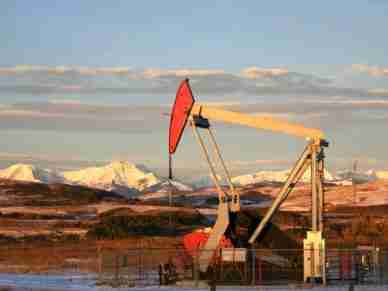
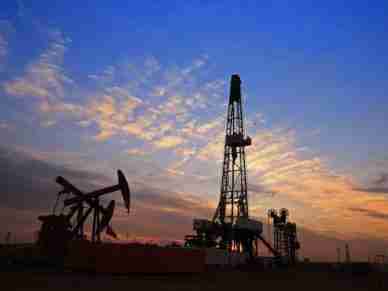
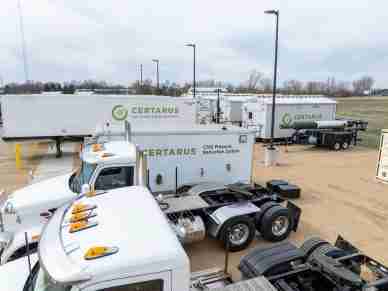
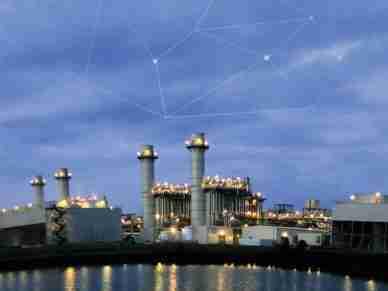
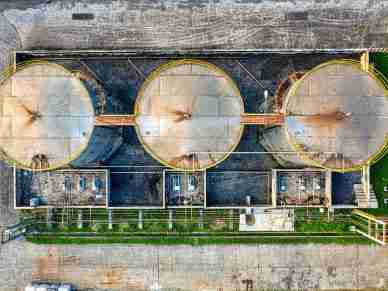
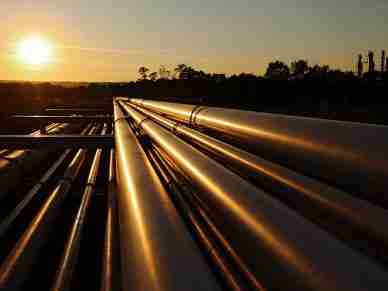
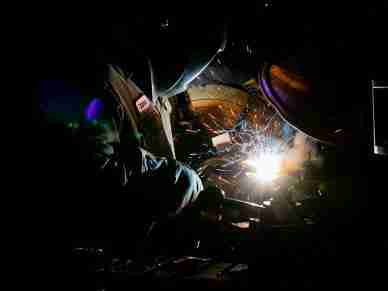
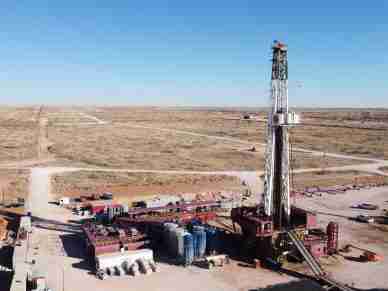
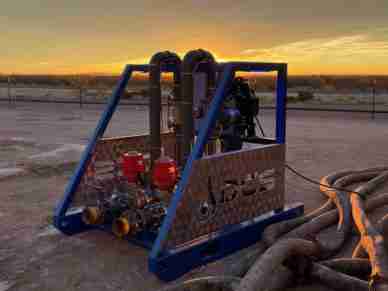
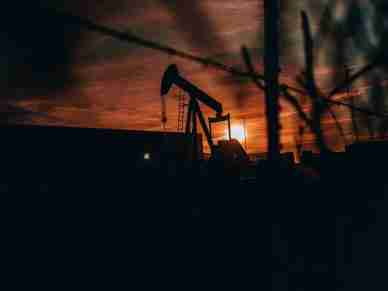
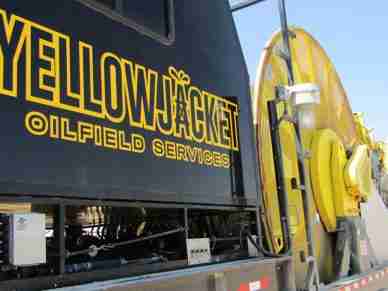
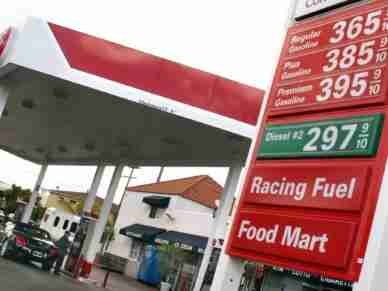




Leave a Reply